Peter Ian William Carmichael and David Le Marchant Brock founded the practice in 1974. From the outset they brought to life multiple landmark projects for Liverpool City Centre that still define the city today. Their design values and practice ethics still run with us today. Starting out in Federation House, on Hope Street , the practice quickly established themselves as a reliable and vibrant practice, winning a series of high profile commissions across the city.
Brock Carmichael were instrumental in the regeneration of the Albert Dock, creating and restoring various local landmarks such as the Maritime Museum and the Piermaster’s House. Alongside the restoration of the Albert Dock, Brock Carmichael won, via competition, the commission to develop the land around the Anglican Cathedral, the start of a long relationship with the Cathedral.
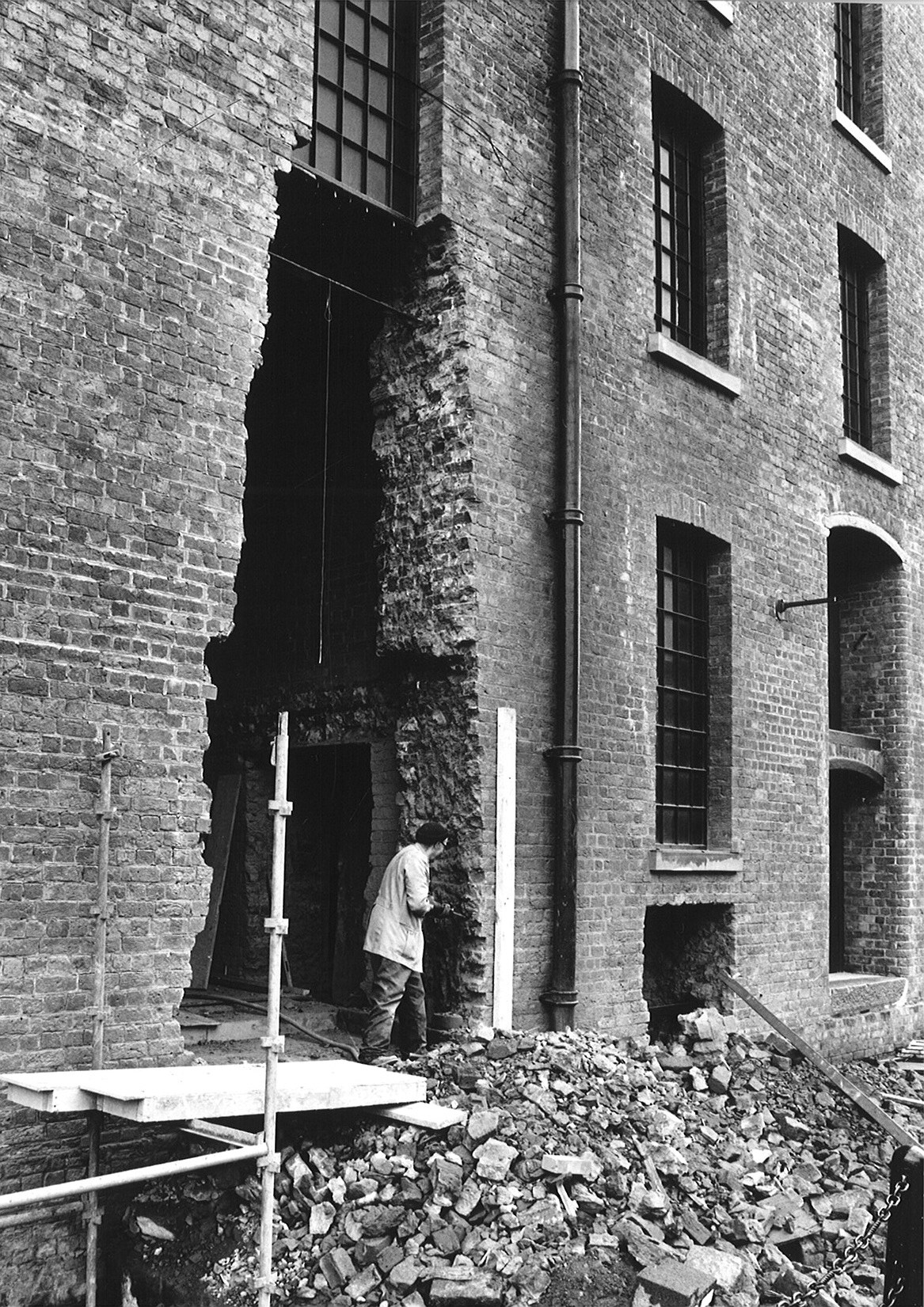
Brock Carmichael carried out extensive refurbishment, remodelling and extension of the much-loved Philharmonic Hall, working hard to maintain the character of the Grade II-listed Art Deco building, whilst making significant functional upgrades to the venue.
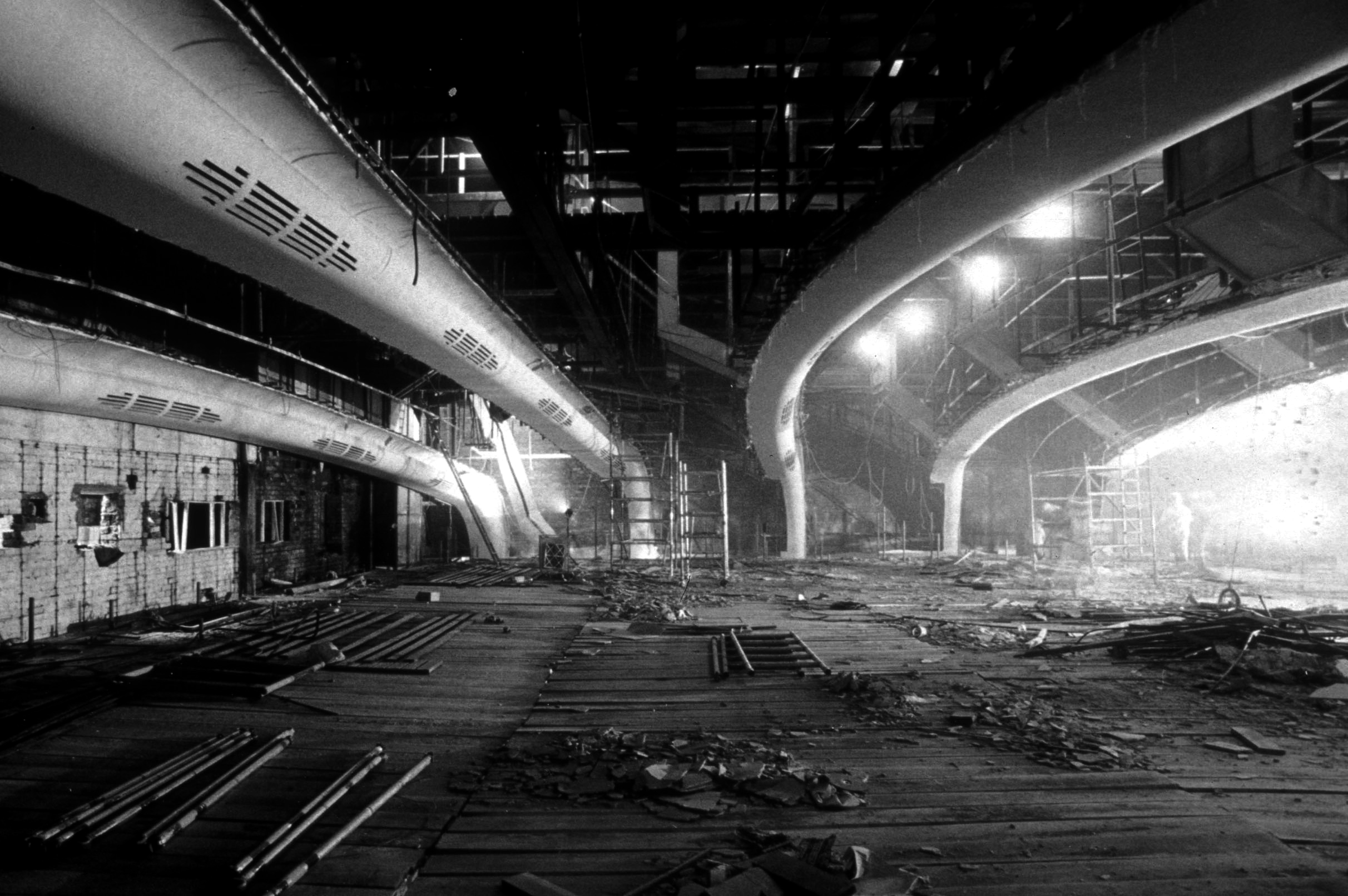
With their growing reputation as the ‘go to’ practice for the restoration of the cultural landmarks of Liverpool, Brock Carmichael completed the restoration of St Andrews Gardens, or the ‘Bullring’ as it is locally known, the last of several pre-war apartment complexes in the city centre.
Not content with just restoring and reinvigorating the landmarks of Liverpool, Brock Carmichael turned their attention to creating city centre landmarks. Brock Carmichael were appointed to hep create The Liverpool Institute of Performing Arts, converting and extending the historic Liverpool Institute for Boys, 1825, into the extensive LIPA facility we see today.
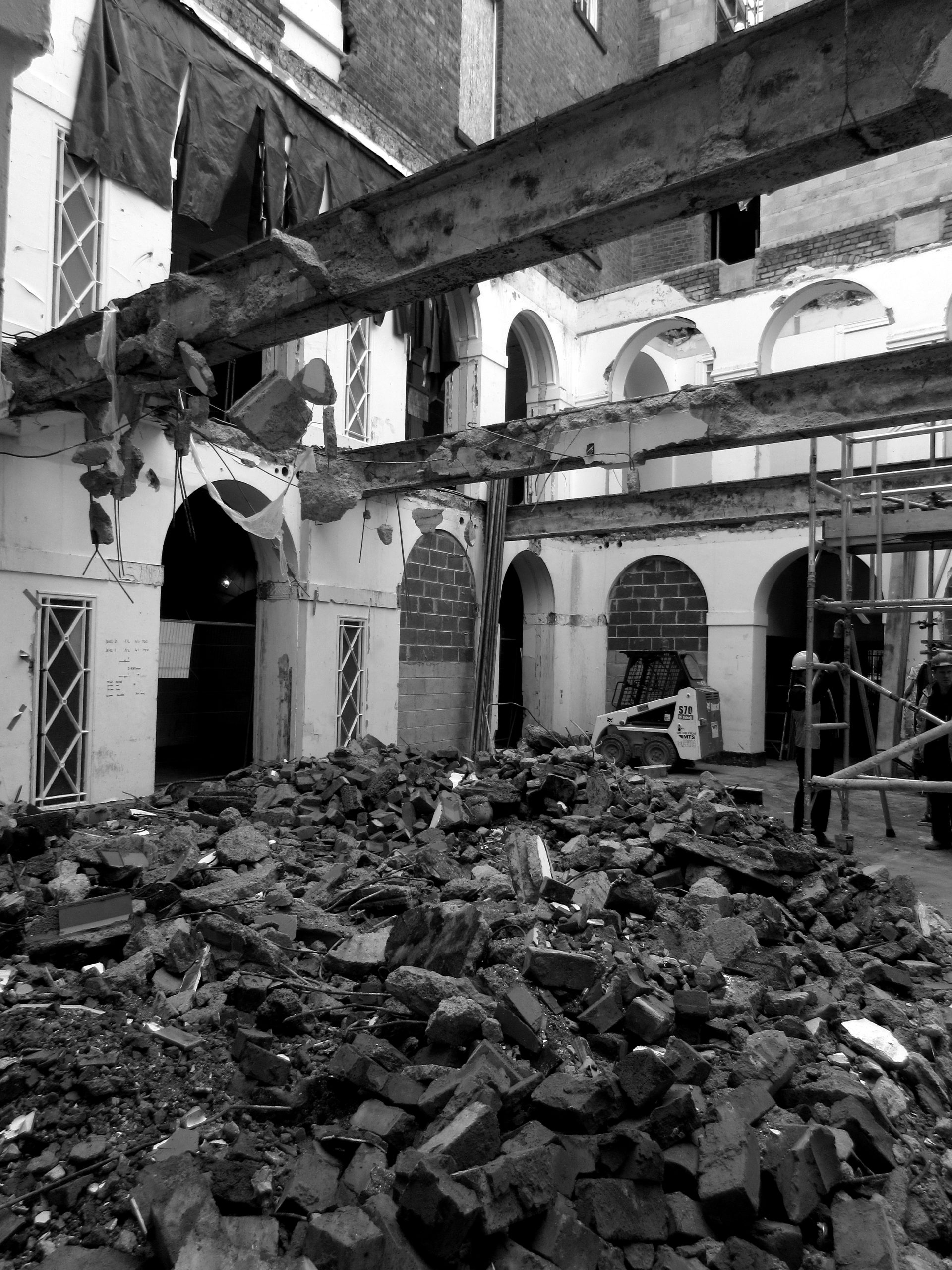
From large landmarks to smaller icons, Brock Carmichael were always keen to help shape the city whenever they were given the opportunity. This time it was with MerseyTravel, and the iconic Queens Square Bus Station, being a key player in the roll out of the iconic bus shelters that help define the Merseyside bus routes.
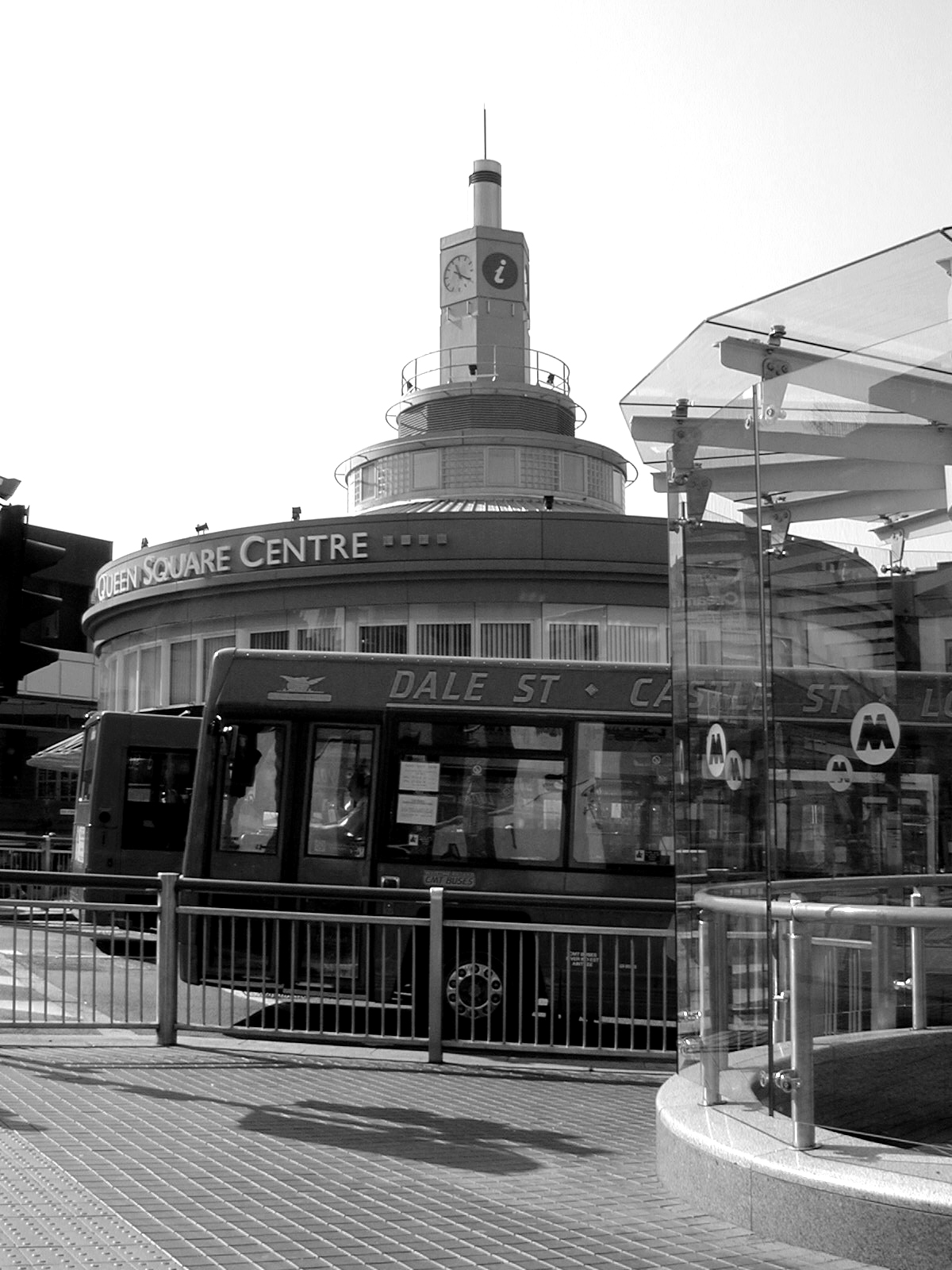
With the regeneration of the city picking up speed Brock Carmichel were tasked with the revitalisation of Campbell Square. This saw the regeneration of derelict sites and Grade II listed buildings within the World Heritage Site, including historic warehouses and a former police bridewell, into a vibrant mixed-use neighbourhood.
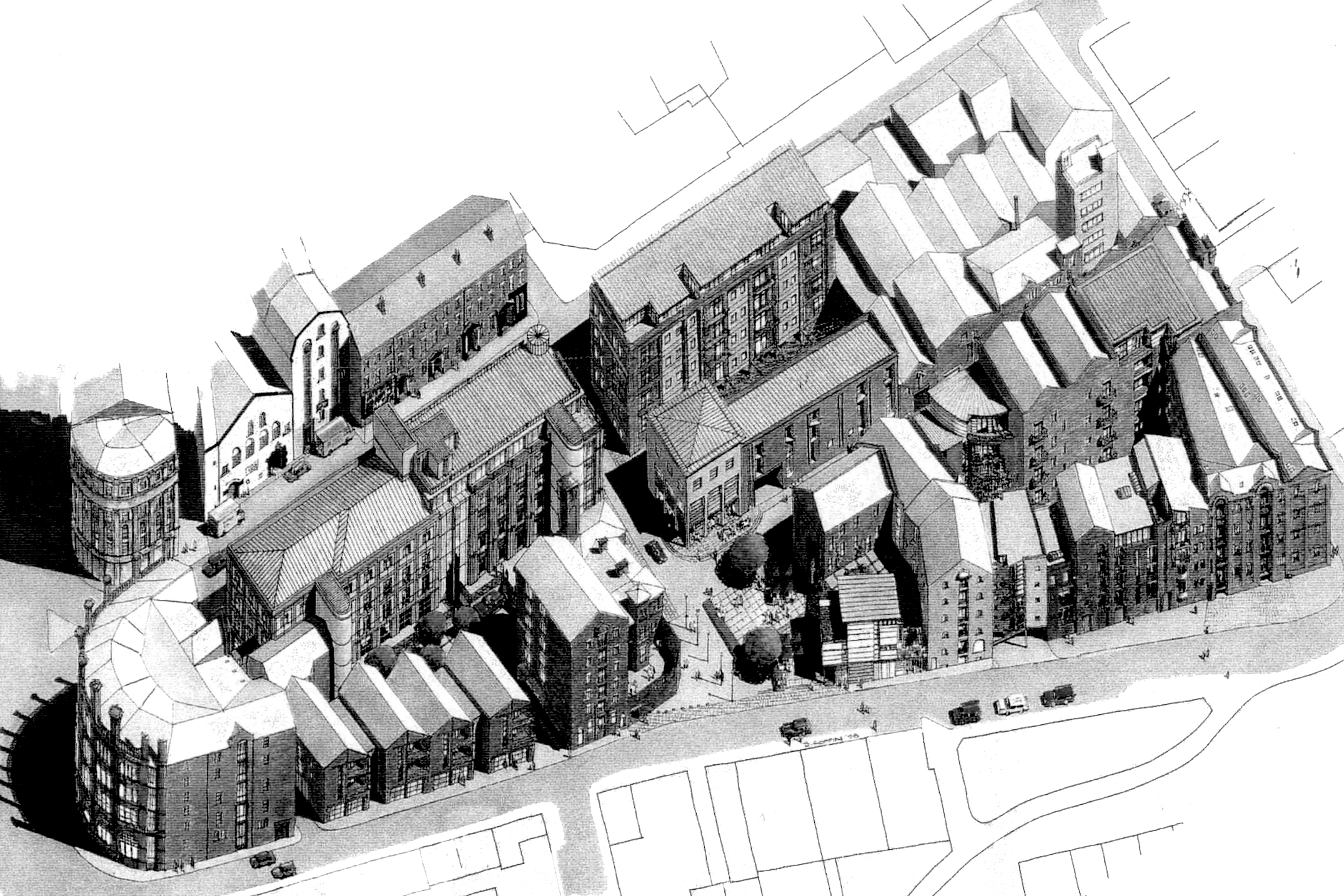
As part of the long-standing relationship with the Anglican Cathedral Brock Carmichael were appointed to carry out a series of delicate repairs to the preeminent Liverpool landmark.

Following on from the success of the Campbell Square development, Brock Carmichael were chosen to redevelop large portions of Duke Street and the Rope Walks Area. These redevelopment and regeneration works would lay the groundwork for the Liverpool One Development.
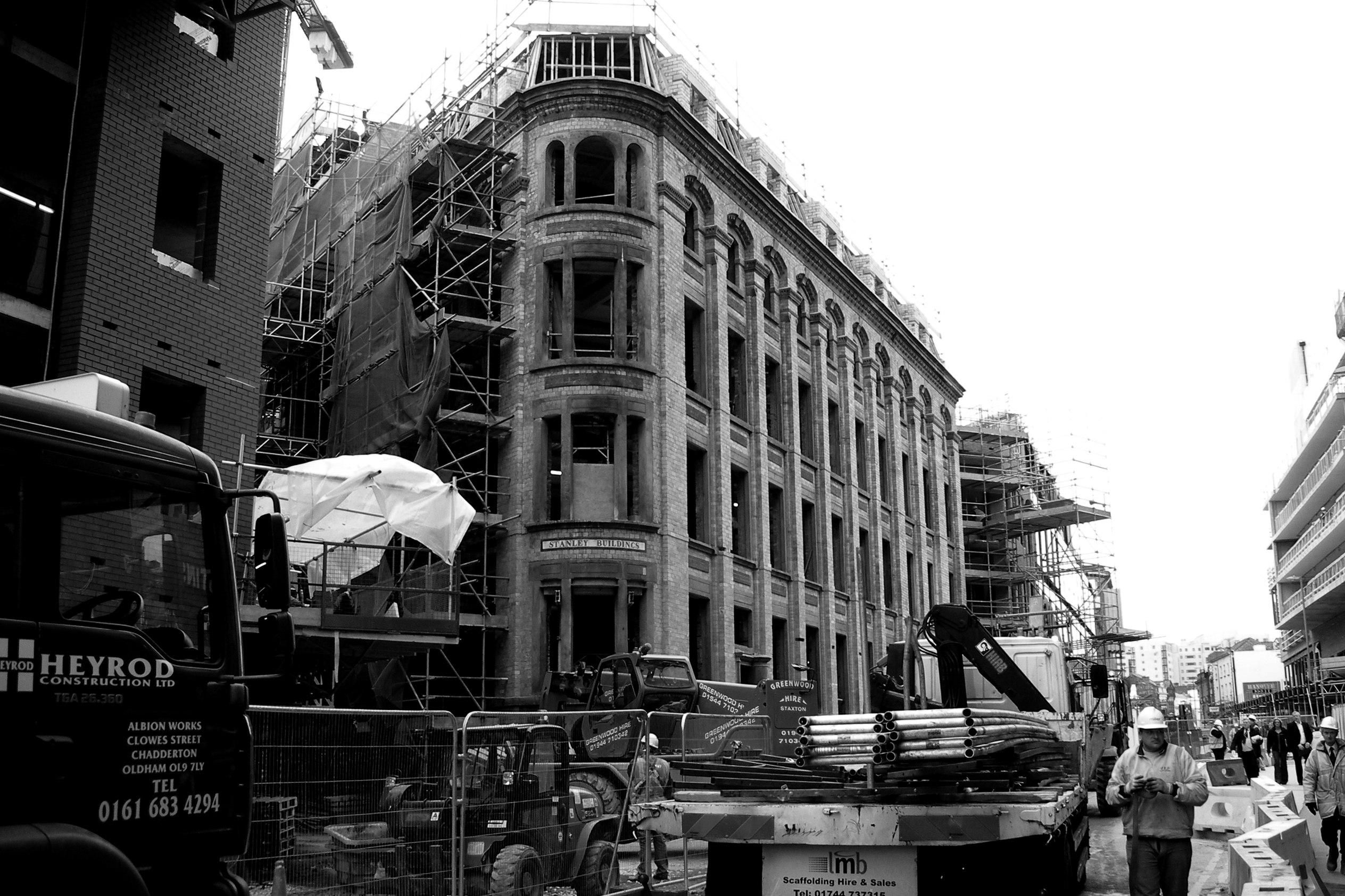
As part of the transformational city centre development Liverpool One, Brock Carmichael were appointed to regenerate a number of the plots, including the Seaman’s House and Eagle House. With their now firmly established reputation for their sensitive hand and technical expertise, Brock Carmichael were appointed to deliver the crowning jewel of the Liverpool One development, One Park West.

After cementing their reputation as a practice with the knowledge, experience, and creativity to tackle any project. And having expended to several office across the Northwest, and with an expanding roster of clients and industry partners, Brock Carmichael turned their attention to expanding even further.
Brock Carmichael expanded across the UK and beyond, with an established presence in the East Asia through our Singapore branch, and via Octagon, a joint venture vehicle operating throughout China.
Brock Carmichael has, and will always be, a socially minded practice with an extensive history of community focused and social housing schemes. This is something we are incredibly proud of. As well as having a hand in the repair and regeneration of many landmark buildings across the region, we have worked on community projects big and small in an effort to uplift those around us. These were the ideals that the practice was founded with, and these are the values we carry with us today.